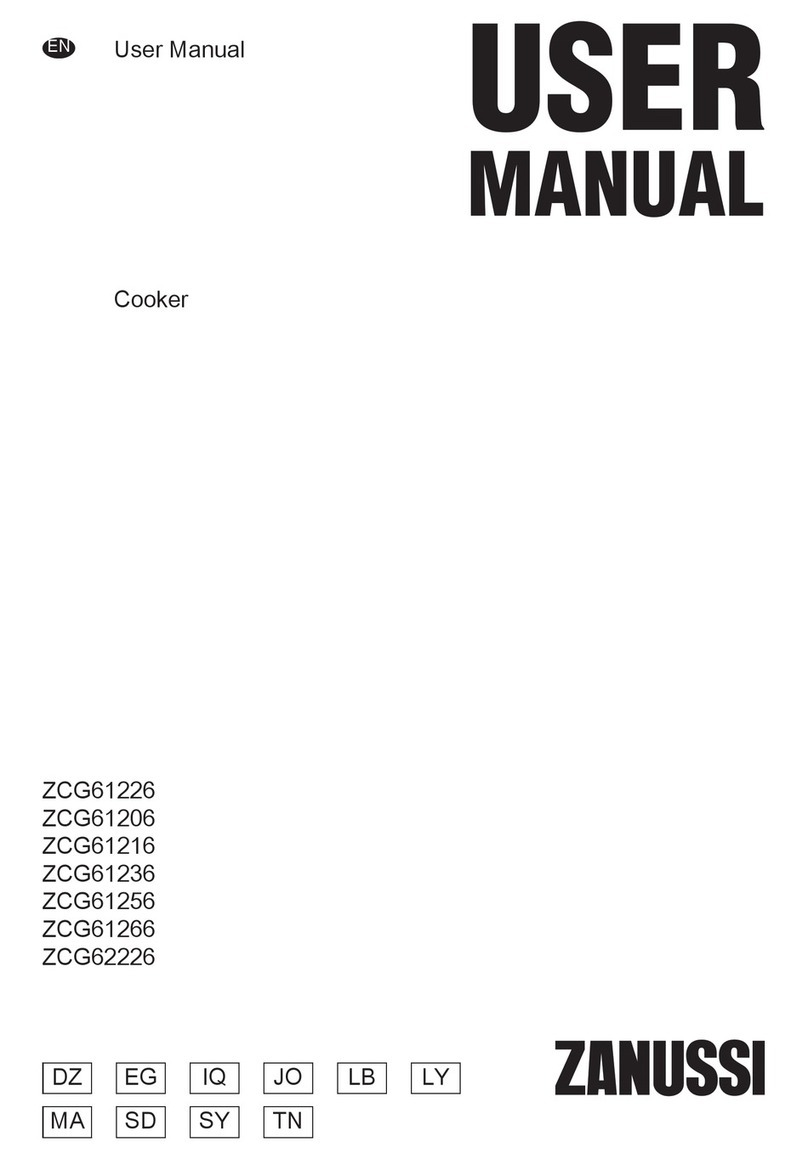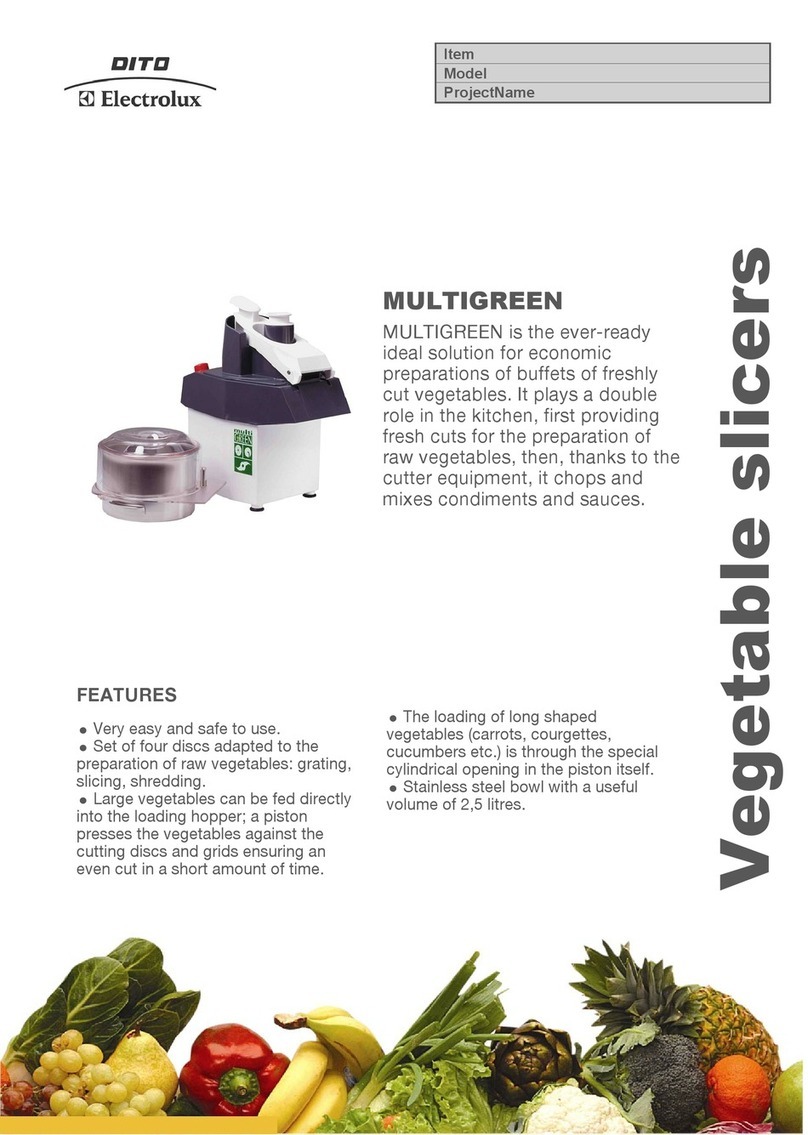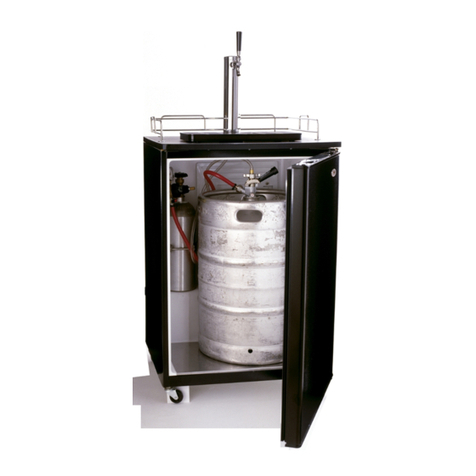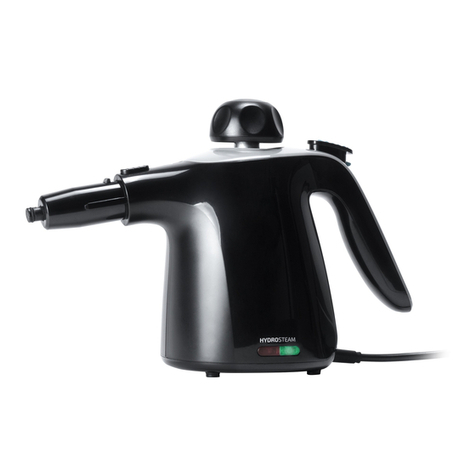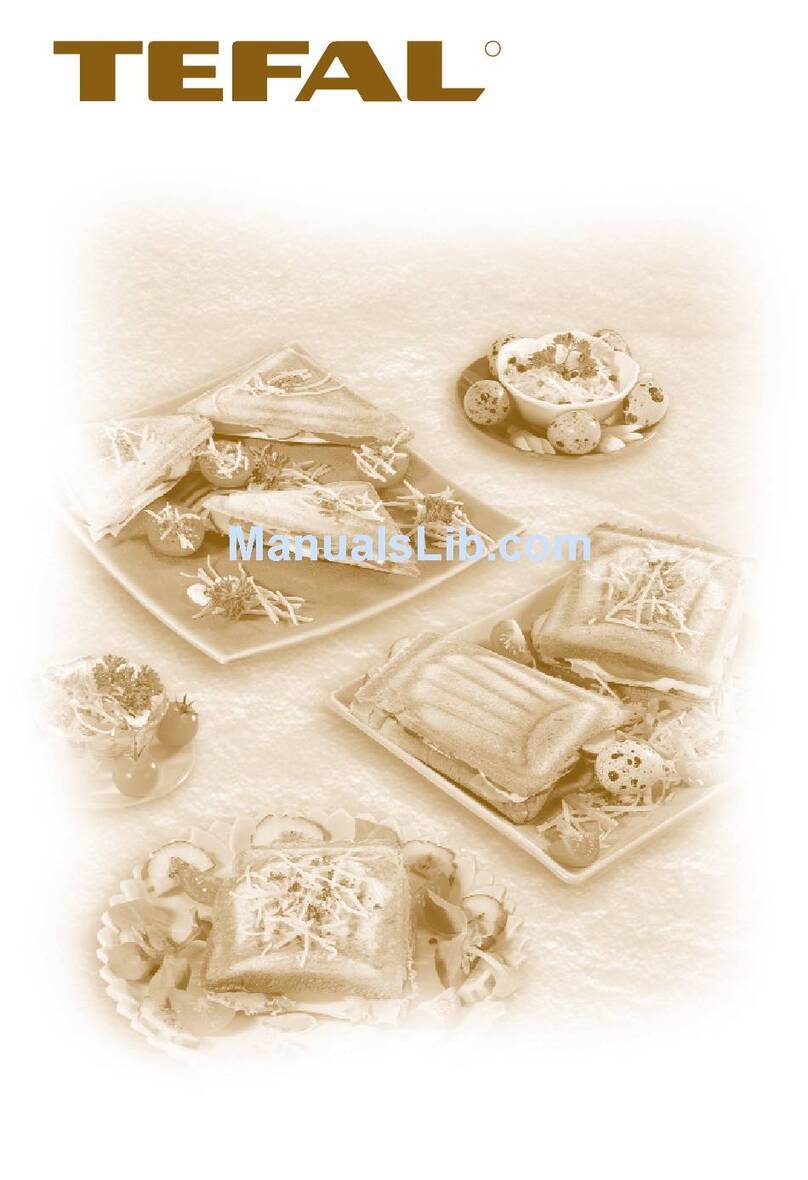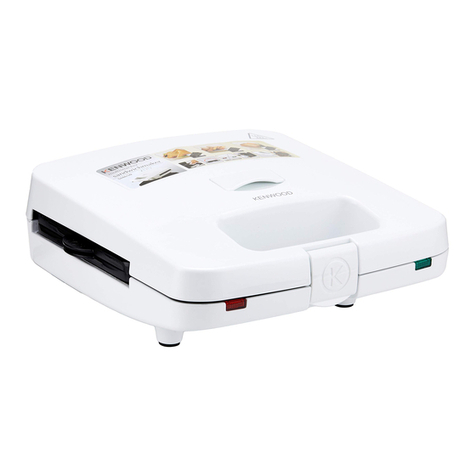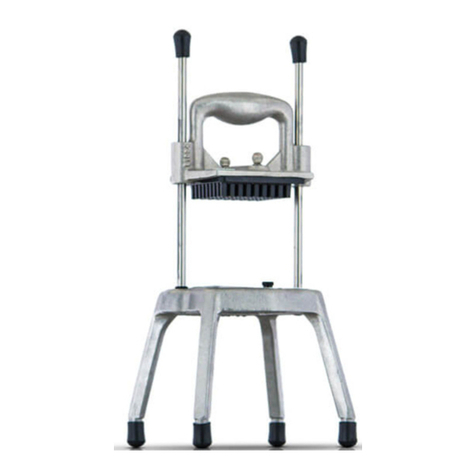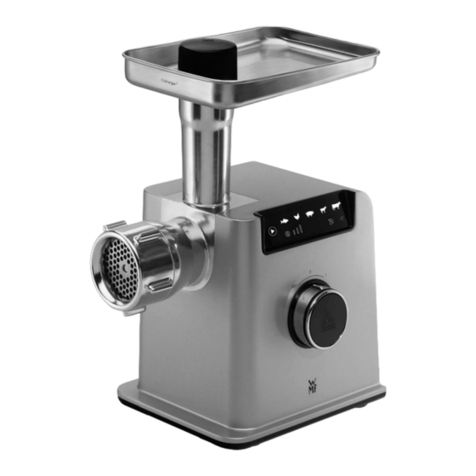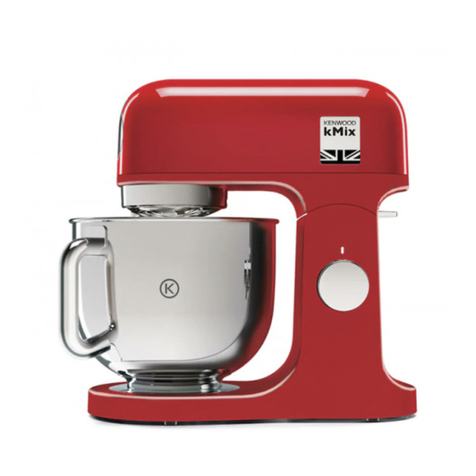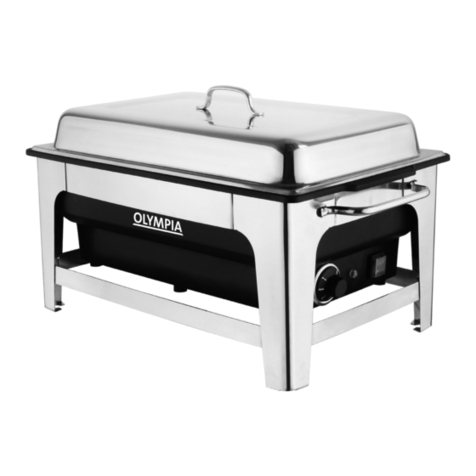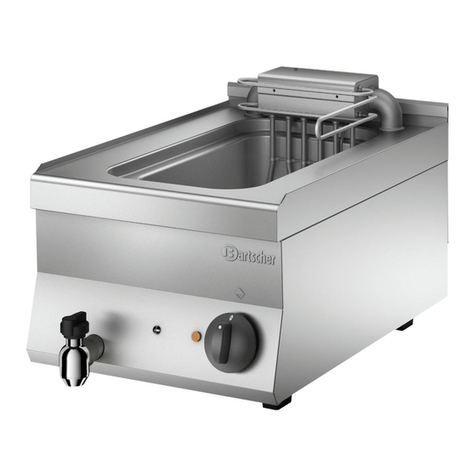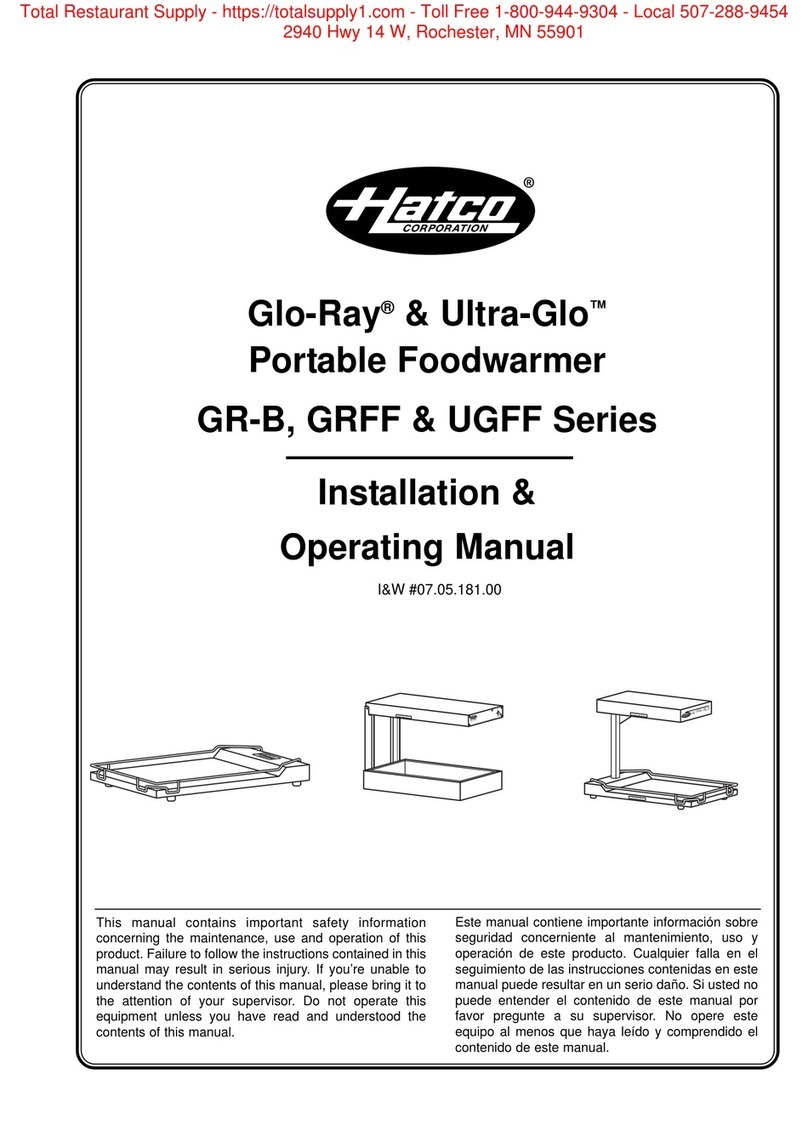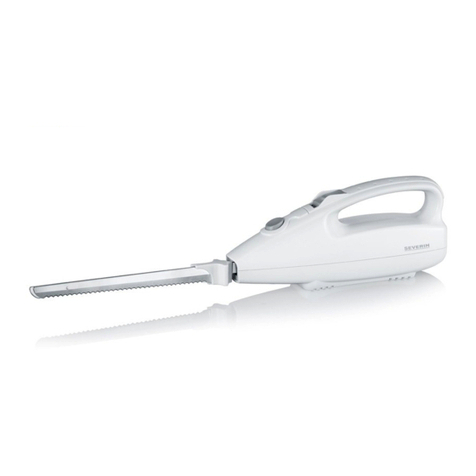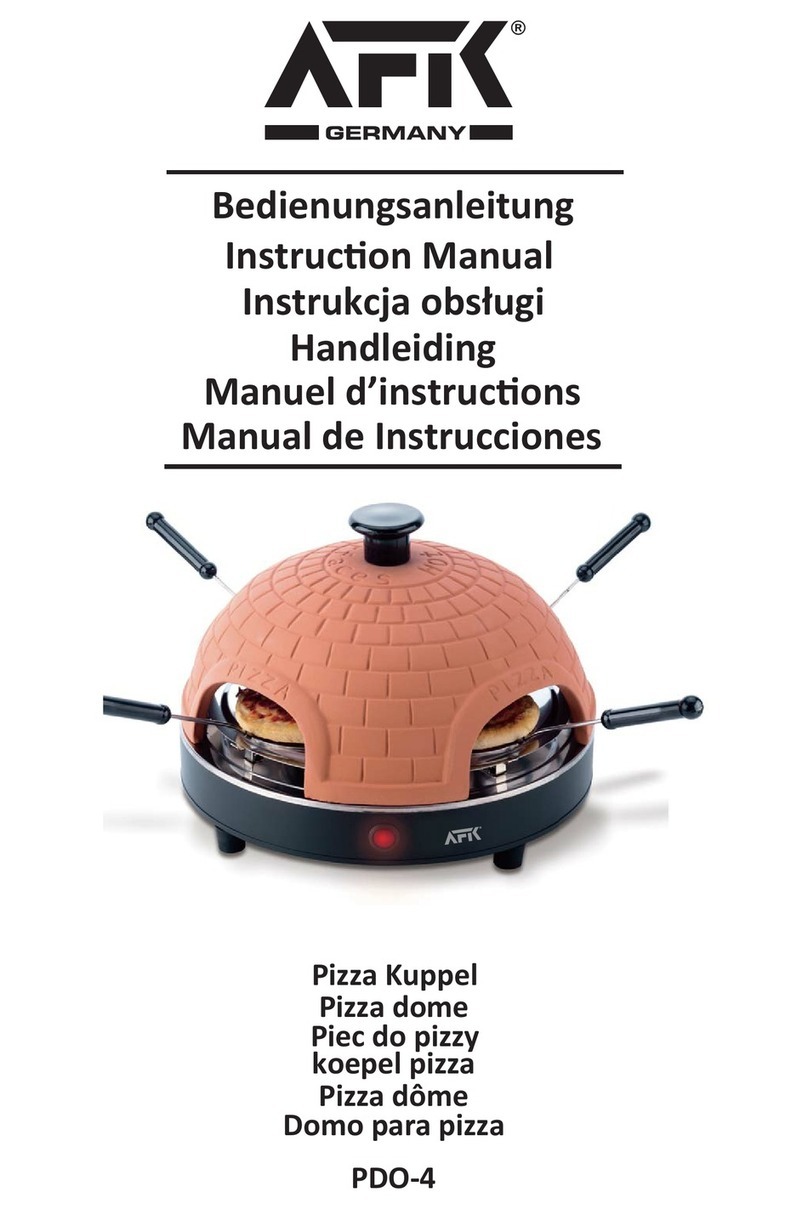Sirman PPJ 10 SC Specification sheet

2
INTRODUCTION
This manual has been written to provide the client with all information concerning the
machine and the norms pertaining to it, apart from the use and maintenance instructions which
enable it to be used in the best way possible, therefore maintaining its efficiency through time.
This manual must be given to all personnel who will use or do maintenance on the machine.
INDEX OF CHAPTERS
CHAP. 1 - MACHINE INFORMATION page 4
1.1 - GENERAL PRECAUTIONS
1.2 - SAFETY DEVICES INSTALLED ON THE MACHINE
1.3 - DESCRIPTION OF THE MACHINE
1.3.1 - General description
1.3.2 - Constructive features
1.3.3 - Machine makeup
CHAP. 2 - TECHNICAL DATA page 6
2.1 - DIMENSIONS, WEIGHT, CHARACTERISTICS ...
CHAP. 3 - RECEIVING THE MACHINE page 8
3.1 - SHIPPING THE MACHINE
3.2 - CHECKING THE PACKAGE UPON RECEIPT
3.3 - DISPOSING OF THE PACKAGE
CHAP. 4 - INSTALLATION page 9
4.1 - MACHINE PLACEMENT
4.2 - ELECTRICAL CONNECTIONS
4.2.1 - PPJ/LCJ SC with single-phase motor
4.2.2 - PPJ/LCJ SC with three-phase motor
4.3 - ELECTRICAL DIAGRAMS
4.3.1 - Diagram of electrical system single-phase
4.3.2 - Diagram of electrical system three-phase
4.4 - OPERATIONAL CHECK
CHAP. 5 - MACHINE USE page 12
5.1 - CONTROLS
5.2 - LOADING AND WORKING THE PRODUCT
CHAP. 6 - ROUTINE CLEANING page 13
6.1 - GENERALITIES

3
CHAP. 7 - MAINTENANCE page 14
7.1 - GENERALITIES
7.2 - BELT
7.3 - FEET
7.4 - FEEDING CABLE
CHAP. 8 - DISMANTLING page 14
8.1 - PUTTING IT OUT OF WORK
8.2 - WEEE Waste of Electric and Electronic Equipment

4
CHAP. 1 - MACHINE INFORMATION
1.1 - GENERAL PRECAUTIONS
•The machine must only be used by trained personnel who are perfectly aware of the safety norms
contained in this manual.
•If there is a turnover of staff, promptly provide proper training for new personnel.
•Even if safety devices are installed on the machine do not place hands near moving parts and avoid
touching the machine with wet or damp hands.
•Before carrying out any type of maintenance or cleaning, disconnect the machine plug from the
electrical outlet.
•The machine must only be used by trained personnel who are perfectly aware of the safety norms
contained in this manual.
•If there is a turnover of staff, promptly provide proper training for new personnel.
•Even if safety devices are installed on the machine do not place hands near moving parts and avoid
touching the machine with wet or damp hands.
•Before carrying out any type of maintenance or cleaning, disconnect the machine plug from the
electrical outlet.
•When intervening for mainteannce or cleaning purposes (therefore the protections are removed)
carefully evaluate residual risks .
•During maintenance or cleaning always concentrate on the operations in progress.
•Regularly check the state of the feeding cable (completely unwinding the cable, avoiding twisting it, is
advisable to avoid potential risks); a worn or broken cable can present serious danger of the electrical
kind; avoid compressing the wire with weights, leaving it in contact with hot or sharp surfaces and
pulling on it to unplug it from the outlet.
•If the machine shows signs of malfunctioning or does not work, do not use it or try to repair it; contact
the “Assistance Center”, indicated on the back of this manual.
•The combination of the OUT and START pushbuttons must only be used for unloading the worked
product.
•The machine must only be used for cleaning potatoes / mussels / onions.
•The manufacturer is not responsible in the following cases:
if the machine is mishandled or the safety devices are installed by unauthorized personnel;
if components are replaced with unoriginal parts;
if the instructions in this manual are not followed carefully;
if the machine surfaces are treated with inappropriate products ( inflammable, corrosive or harmful
substances).
1.2 - SAFETY DEVICES INSTALLED ON THE MACHINE
The safety devices against risks of electrical nature conform with the directives 2006/95/CEE,
1935/2004CEE, while the mechanical safety devices conform with the directives 2006/42 CEE.
The machine is equipped with:
• a starting device consisting of a control card insulated in IP 34, 24 Volts,
which enables:
turning the machine on and off;

5
- controlling the unloading of the product;
- controlling the safety micros;
a micro, which causes the machine to stop in case the cover or discharge door opens (see FIG. n°1), does
not allow the machine to turn on if it is not in the closed position;
an N.V.R. device in the control circuit which requires the machine to be restarted if there is an
accidental lack of electricity and it enables restarting the machine only by using the START pushbutton;
Furthermore the machine is equipped with an upper transparent cover which enables checking the
working of the product in progress without any risks.
1.3 - DESCRIPTION OF THE MACHINE
1.3.1 - General description
The line of CE professional PPJ/LCJ SC has been designed and manufactured by our company with the
precise objective of guaranteeing:
- maximum safety during use, cleaning and maintenance;
-maximum hygiene, the result of the careful selection of materials which come into contact with foodstuffs
and due to the elimination of sharp edges from the part which comes into contact with the product, in
such a way to guarantee easy and thorough cleaning;
-all the components are robust and stable;
-maximum silence thanks to the belt transmission.
1.3.2 - Constructive features
Professional I PPJ/LCJ SC are made of AISI 304 steel.
The discharge door is polished aluminum; the adjustable feet are stainless steel; the cover is made of AISI
304 steel, the work plate is aluminum with the disk made of AISI 304 steel; the internal walls of the
container are in abrasive resin to enable a higher level of abrasion with the product to be worked.

6
13
12
KEY:
1. Hopper
2. Cover block hinge
3. Pan
4. Pan block hinge
5. Feet
6. Controls
7. Flanged feet
8. Structure
9. Discharge door
10. Cover
11. Water inlet
12. Stand
13. Sieve
NB: there is the possibility of adding the sieve to the
stand to collect waste.
1.3.3 - Machine makeup
FIG. n°1 - General view of the machine
2
6
1
4
5
8
3
7
9
11
10

7
TAB. n°1 - MEASUREMENTS AND TECHNICAL FEATURES
ATTENTION:The electrical characteristics the machine is prearranged for are indicated by a plate
(attached to the back); before connecting the machine see 4.2 electrical connection.
CHAP. 2 - TECHNICAL DATA
2.1 - DIMENSIONS, WEIGHT, CHARACTERISTICS ... FIG. n°2 -
Drawings of dimensions
Model u.u
.
PPJ10 SC LCJ10 SC PPJ20 SC LCJ 20 SC
Power source
A x B mm 203x282 203x282 295x337 295x337
C x D x E mm 470x544x910 470x544x910 560x650x1090 560x650x1090
H mm 110 110 110 110
Capacity kg 10 10 20 20
Output/h. kg/h. 170 170 340 340
Motor Watt/Hp 735 / 1 735 / 1 1102 / 1,5 1102 / 1,5
Revolutions rpm 320 150 275 150
Net weight kg 41,5 41,5 52 52
Noise level dB 07≤ 07≤ 07≤ 07≤
230-230-400V/5

8
CHAP. 3 - RECEIVING THE MACHINE
3.1 - SHIPPING THE MACHINE (see FIG. n°3)
The machine leaves our warehouses correctly packaged, such a package consists of: a) an
external box in robust cardboard and a wooden pallet;
b) ) the achine;
c) ) is manual;
d) ) the compliance certificate.
If requested/ordered:
e) stand with sieve.
FIG. n°3 - Package description
b)
e)
a)
c)
d)

9
3.2 - CHECKING THE PACKAGE UPON RECEIPT
When the package is received, if there is no external damage, open the package and check that all the
material is inside (see FIG. n°3).
If the package shows signs of mishandling, bumps or falls upon delivery, the shipping company must
be made aware of the damage within 3 days of the delivery date indicated on the documents, and a
detailed report must be written on the damage to the machine. Do not overturn the package!! When the
package is being moved make sure that it is firmly held in the four fundamental points (keeping it
parallel to the floor).
3.3 - DISPOSING OF THE PACKAGE
The package components (cardboard, pallets, plastic and polyurethan foam strap) are produced like solid
urban waste, therefore they can easily be disposed of.
If the machine is installed in countries with particular norms, dispose of the packages according to
the laws in force.
CHAP. 4 - INSTALLATION
4.1 - MACHINE PLACEMENT
When choosing the plane the machine will be placed on the dimensions shown in Tab. 1 must be
considered (based on the model), therefore the surfaces must be wide enough to hold it, and it must be
well-levelled and dry.
Prearrange a discharge tube (ø60 mm.) under the machine and a drain trap on the floor, or a floor grate
to collect the water or other waste material.
Furthermore the machine must be placed as near as possible to a faucet (ø12 mm.), which enables the
feeding tube to be easily and safely attached (see FIG. n°4).Once the machine is placed proceed to
blocking it by fastening it to the floor with the setscrews on the flanged feet.
Furthermore the machine must be placed in an
environment with a maximum humidity of Load ø12 75%, which is not salty and
has a temperature
between +5°C and +25°C; in any case in
environments which do not bring about its
malfunctioning.
Fig. n°4 - Discharge diagram
Discharge
ø60
230
mm
120
mm
Discharge ø60

10
4.2 - ELECTRICAL CONNECTIONS
4.2.1 - PPJ/LCJ SC with single-phase motor
The machine is outfitted with a feeding cable with a cross section area of 3x1.5 mm2, length 1.5m.
Connect the machine to 230V./50Hz by means of a blue CEI plug, interposing a magnetothermic-
differential switch of 10A, ∆I = 0.03A. At this point make sure that the grounding system works
perfectly.
Furthermore check that the data shown on the serial number-technical plate (FIG. n°5) correspond to the
data on the delivery notes.
4.2.2 - PPJ/LCJ SC with three-phase motor
The machine is outfitted with a feeding cable with a cross section area of 5 x 1.5 mm²; length 5.1 ≅m.
Connect the machine to the 400V./50Hz three-phase electrical network by means of a CEI plug,
interposing a magnetothermic-differential switch of 10 A, ∆I = 0.03 A.
At this point make sure that the grounding system works perfectly.
Before finally connecting the machine to the three-phase feeder line, check the direction of rotation of
the cap by pressing the START pushbutton (see FIG. n.°9) then immediately stop it by pressing the STOP
pushbutton.
The direction of rotation of the cap seen from the discharge outlet must be
counterclockwise; if the direction of rotation is not exact, invert two of the three
feeding wires in the plug or outlet (see FIG. n°7).
The three-phase motor can run with a tension of either 230 V.or 400V. If not otherwise specified the
connections are carried out for 400V.; to adapt to a three-phase 230V. network ask for assistance from the
“ASSISTANCE CENTER”.
FIG. n°5 - Serial number-technical plate

11
4.3 - ELECTRICAL DIAGRAMS
4.3.1 - Diagram of the electrical system single-phase
FIG. n°6
FIG. n°7
4.3.2 - Diagram of electrical system three-phase

12
4.4 - OPERATIONAL CHECK
Before proceeding to testing make sure the upper cover and the discharge door are well-blocked, then check
the running of the machine with the following procedure:
1 check that the upper cover and the discharge door are closed well;
2 press the START ‘I’ pushbutton and then the STOP one;
3 check if the machine stops when running by opening the cover or discharge
door, and once it is closed if the machine restarts by pushing the START pushbutton;
4to discharge the material open the discharge door, keeping it open with your
right hand and at the same time pushing the OUT and START ‘I’ buttons on the pushbutton strip with
your left hand; the machine will start by unloading the potatoes by centrifugal force.
CHAP. 5 - MACHINE USE
5.1 - CONTROLS
The controls are located as follows.
FIG. n°8 - Cap rotation
1OUT is the pushbutton for the automatic
discharge of the product; it works only if it is pressed at the
same time as the START ‘I’ button.
2 STOP ‘O’ is the pushbutton to stop the
machine and START ‘I’ is the pushbutton to start the machine.
3Timer (max time 5 min.).
FIG. n°9 - Position of controls
1
2
3

13
5.2 - LOADING AND WORKING
THE PRODUCT (see FIG. n°10)
NB: The goods to be worked are loaded gradually on the cap from the
upper cover when the motor is off. Adhere to the following procedure:
1load the product from the upper cover, making sure
that the discharge door is closed well;
2 check that the machine is not too full and that the
level of the product does not go over the abrasive
band inside the machine;
3 close the upper cover;
4open the water flow using the faucet on the hopper;
Running:
1 set the desired work time with the timer (max time 5 min.);
2 then start the machine by pressing the START ‘I’ pushbutton;
3if the cover and/or discharge door are accidentally opened or moved while the
machine is running, the machine will stop; when closed press the START ‘I’ button;
4open the water flow using the faucet on the hopper;
5 if the machine is outfitted with a stand with sieve, repeatedly unload the slag
tray, to avoid the water dripping.
Unloading the worked product:
1 close the water faucet and put a big container near the discharge outlet;
2 to unload the material open the discharge door, keeping it open with your right
hand; press the OUT and START ‘I’ pushbutton at the same time with your
left hand; the machine will start unloading the product by centrifugal force;
3 once the unloading is complete the machine will stop by releasing the pushbut-
tons and the discharge door;
N.B.: Avoid making an empty machine turn.
CHAP. 6 - ROUTINE CLEANING
Before starting this chapter it is important to point out that:
The line of professional PPJ/LCJ SC is outfitted with normative measures for the electrical and mechanical
protections both in the working phase and the cleaning and maintenance phases. All the same,
RESIDUAL RISKS exist which cannot be totally eliminated; they concern the danger of contusions
caused by inexpert contact with the external surfaces or abrasive internal ones of the machine.
ATTENTION!: never put hands inside the moving machine.
FIG. n°10 - Loading the product

14
Cleaning and maintenance operations are carried out only when the machine is off and the feeding cable
is unplugged.
6.1 - GENERALITIES
Before cleaning the machine the feeding plug must be disconnected from the
network to completely isolate the machine.
The machine must be cleaned at the end of every work day and all the parts of the machine
(completely removable) which come into direct or indirect contact with the worked foodstuffmust
be carefully cared for.
Both the inside and the outside of themachine must be cleaned because the residual waste can be
seriously damaging.
The machine must not be cleaned with water cleaners, high-pressure jets of water, brushes, and
anything else which can damage it on the surface. Acidic, corrosive or inflammmable substances
must not be used.
If the machine has a stand with a sieve repeat-edly empty the slag tray to avoid the water dripping.
CHAP. 7 - MAINTENANCE
7.1 - GENERALITIES
Before carrying out any maintenance activity it is necessary to:
Disconnect the plug from the electrical outlet to completely isolate the machine from the rest of the
system.
7.2 - BELT
The belt does not need any adjustments. Ususally, after 3/4 years it must be repla-ced, in this case call
the “ASSISTANCE CENTER”.
7.3 - FEET
The feet could deteriorate with time, thus reducing the stability of the machine. Therefore they must
be replaced.
7.4 - FEEDING CABLE
Periodically check the wear of the cable and call the “ASSISTANCE CENTER” to replace it.
CHAP. 8 - DISMANTLING
8.1 - PUTTING IT OUT OF WORK
If for some reason it is decided to put the machine out of work make sure that it cannot be used by
anyone: unplug the electrical connections.

15
8.2 - WEEE Waste of Electric and Electronic Equipment
Directive 2002/95/EC, 2002/96/EC and 2003/108/EC on the restriction of the use of certain hazardous
substances in electrical and electronic equipment, and waste electrical and electronic equipment
This symbol, crossed out wheelie bin, on the product or on its packaging indi-cates that this product
must not be disposed of with your other household waste.
Separate waste collection of this appliance is organised and managed by the manufacturer. It is the
user’s responsibility to contact the manufacturer and fol-low the waste treatment system the manufacturer
has adopted for separate waste collection.
The separate collection and recycling of your waste equipment at the time of dis-posal will help to
conserve natural resources and ensure that it is recycled in a manner that protects human health and the
environment.

16
ASSISTANCE CENTER
AUTHORIZED RETAILER

8
CHAP. 3 - RECEIVING THE MACHINE
3.1 - SHIPPING THE MACHINE (see FIG. n°3)
The machine leaves our warehouses correctly packaged, such a package consists
of: a) an external box in robust cardboard and a wooden pallet;
b) the machine;
c) this manual;
d) the CE compliance certificate.
If requested/ordered:
e) stand with sieve.
FIG. n°3 - Package description
b)
e)
a)
c)
d)
9
3.2 - CHECKING THE PACKAGE UPON RECEIPT
When the package is received, if there is no external damage, open the package
and check that all the material is inside (see FIG. n°3).
If the package shows signs of mishandling, bumps or falls upon delivery, the
shipping company must be made aware of the damage within 3 days of the
delivery date indicated on the documents, and a detailed report must be written on
the damage to the machine. Do not overturn the package!! When the package is
being moved make sure that it is firmly held in the four fundamental points
(keeping it parallel to the floor).
3.3 - DISPOSING OF THE PACKAGE
The package components (cardboard, pallets, plastic and polyurethan foam strap)
are produced like solid urban waste, therefore they can easily be disposed of.
If the machine is installed in countries with particular norms, dispose of the
packages according to the laws in force.
CHAP. 4 - INSTALLATION
4.1 - MACHINE PLACEMENT
When choosing the plane the machine will be placed on the dimensions shown in
Tab. 1 must be considered (based on the model), therefore the surfaces must be wide
enough to hold it, and it must be well-levelled and dry.
Prearrange a discharge tube (ø60 mm.) under the machine and a drain trap on the
floor, or a floor grate to collect the water or other waste material.
Furthermore the machine must be placed as near as possible to a faucet (ø12 mm.),
which enables the feeding tube to be easily and safely attached (see FIG. n°4).
Once the machine is placed proceed to blocking it by fastening it to the floor with
the setscrews on the flanged feet.
Furthermore the machine must be placed in an
environment with a maximum humidity of
75%, which is not salty and has a temperature
between +5°C and +25°C; in any case in
environments which do not bring about its
malfunctioning.
Fig. n°4 - Discharge diagram
Discharge ø60
230 mm
120 mm
Load ø12
Discharge ø60
This manual suits for next models
3
Table of contents
Other Sirman Kitchen Appliance manuals
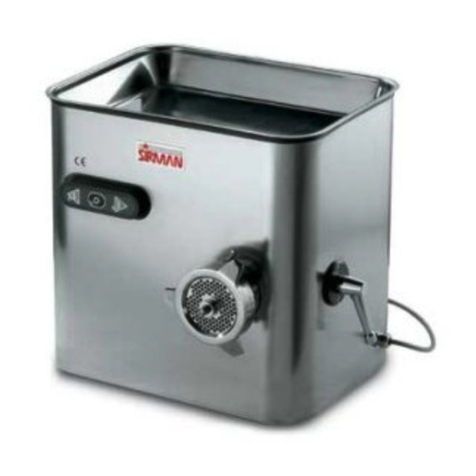
Sirman
Sirman TC RIO 22 User manual
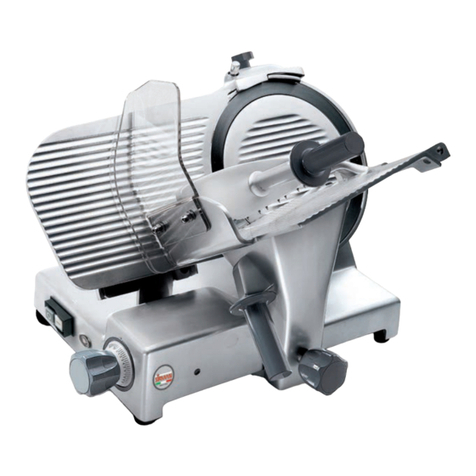
Sirman
Sirman PLL 300 User manual
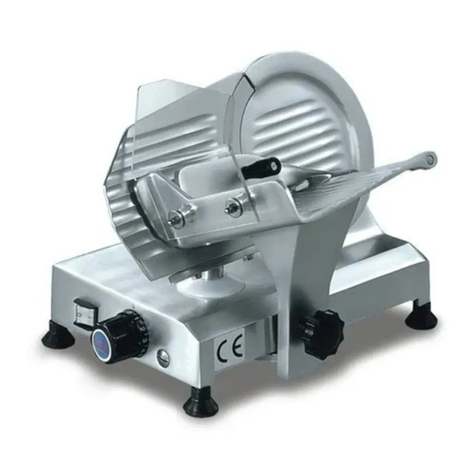
Sirman
Sirman Topaz 195 Operating instructions
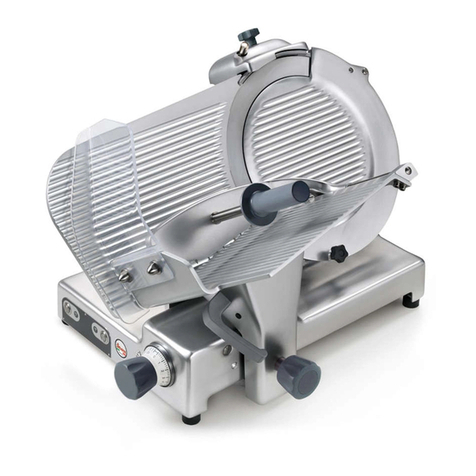
Sirman
Sirman PALLADIO EVO 330 Operating instructions
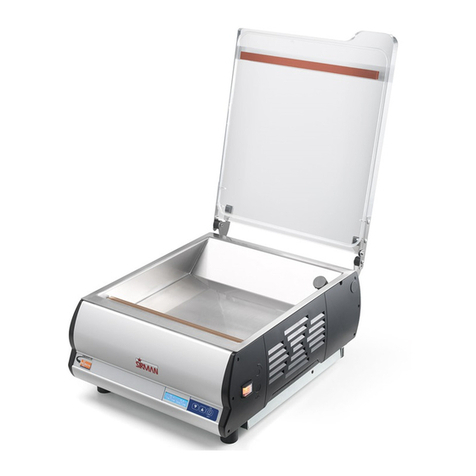
Sirman
Sirman Easyvac 25 User manual
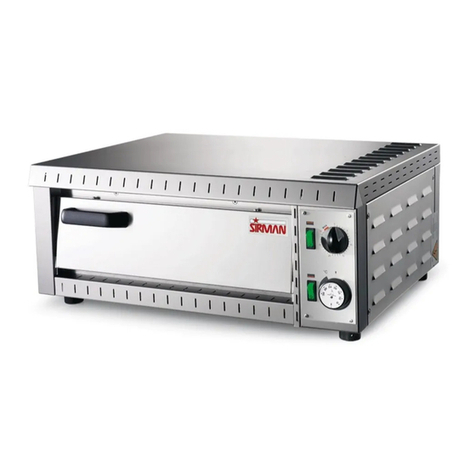
Sirman
Sirman Stromboli Assembly instructions
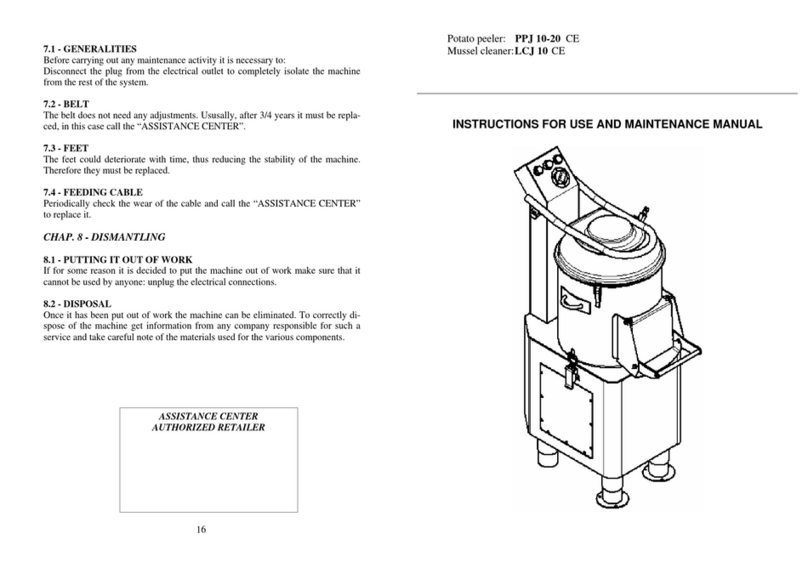
Sirman
Sirman PPJ20 Specification sheet

Sirman
Sirman Mirra Series Operating instructions
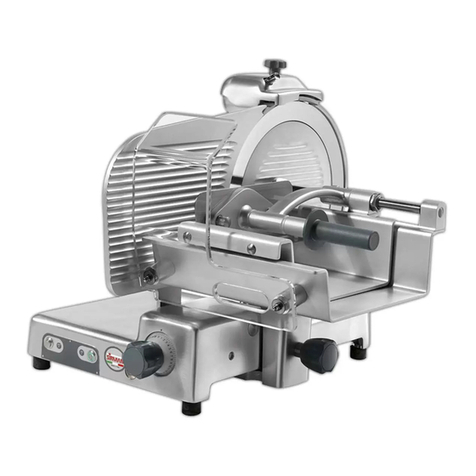
Sirman
Sirman MNT 300 Operating instructions

